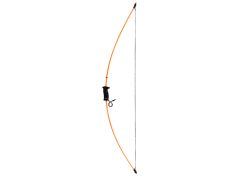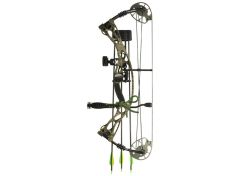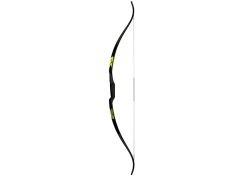What's a traditional bow?
This bow features straight limbs and can be made from one piece or consist of a riser with two detachable limbs. One of the oldest bows is the longbow, made from one solid piece of wood with an almost rounded shape. Also made from one piece is the flat bow, of which the limbs are not round, but flat and a bit shorter. Both bows are often made of wood.
However, most modern bows for sale nowadays are composite bows. These consist of a riser (the grip part) with two flat limbs, made from a composite material such as fibreglass or carbon. Composite material has the advantage of being perfectly adaptable to the mechanical properties needed for archery. The uniformity of the material makes for predictable accuracy, while adding the option of being able to finetune the bow by, for example, changing the limbs.
The advantages of a recurve bow
Just like a traditional bow, a recurve bow can be made from one piece or consist of a riser with two detachable limbs. The difference is that these limbs feature a recurve, they’re curled forwards at the ends when the bowstring isn’t attached. When the bowstring is properly tensioned, the recurve limbs are more effective than straight limbs in transferring the energy, which is logical as they’ve got more pre-tension to start with. A recurve bow isn’t only more powerful, it can be made more compact too when delivering similar power to a larger traditional bow.
The power of a compound bow
As for something completely different, let’s introduce you to the compound bow. It consists of a riser with two short limbs, featuring eccentrical pulleys at the ends that guide the bowstring. The bowstring has three times the length of a conventional bowstring and because of the pulley system, the compound bow can be made much more powerful. On a traditional or recurve bow, the draw weight becomes heavier the further back the bow string is pulled and is at its heaviest at the maximum draw length, but a compound bow works differently. The power quickly builds up to the maximum, but then lowers again because of the eccentric pulleys as the maximum draw length is reached. This is called the let-off.
It means you can use a more powerful bow that only requires you to pull through the bigger draw weight for a short moment, after which you can hold the maximum draw length with significantly less effort. Take, for example, a compound bow of 40 lbs and a let-off of 75%. When you’re holding your aim, there will only be 10 lbs pulling on your hand, making for less muscle tension and a better aim compared to a 40 lbs traditional or recurve bow.
These accessories are a must-have
A bow can feature numerous accessories, such as a visor and stabilisation bars. And don’t forget the accessories for your own personal comfort and safety, such as arm protectors that’ll prevent the bowstring from slapping into your forearm and the finger tap that relieves the pressure from your fingers and prevents blisters.
Naturally, you’ll need a set of suitable arrows and a quiver to hold them and of course a target with proper target face. All of which can be found in our store.
Advice for a perfect fit
It’s incredibly important to make sure you’re buying a bow that fits both your expectations and your physical capabilities. Especially the latter is often overestimated, but we’ll come to that in a minute. First you need to decide if you want a left or a right bow. Normally, your dominant eye would be the decision maker, but you can also decide to use your dominant hand for a finer feel with the bowstring. Most of the time, it will result in the same side, but if you’re cross-dominant, meaning your dominant eye is on the other side and you still wish to go with your dominant hand, it’s better to adopt the ‘both eyes open’ technique. After this, it’s time to discover the draw length and draw weight that’ll match your physique:
- Draw length is easy to measure by assuming the archers shooting position with one arm stretched sideways and your face in the same direction. Now take a tape measure and measure the distance from the hollow between your thumb and index finger to the corner of your mouth. This’ll be your draw length in inches. A second method is by stretching both arms and measure the distance (in inches) between your fingertips. Divide this by 2.5 for the draw length. Both methods should provide a roughly similar number and for the average person this will be 28”. It’s no coincidence this is also the length where the draw weight of most bows is based on. Every inch a bowstring is drawn further (or less) makes a difference of 2 lbs in the draw weight. For bows of 40 lbs and over, this will be 3 lbs. But as you’d expect, an overdrawn bowstring can damage the bow.
- Draw weight is something you shouldn’t underestimate. Many will start by looking at the most powerful bows, but as shooting a bow uses muscles that you normally almost don’t use, it doesn’t matter how fit, strong or muscular you are. Even the biggest and thoughest person can struggle pulling the draw weight of a heavy or even intermediate bow. And for accuracy, it’s better not to start with a bow that needs a lot of draw strength, making your muscles sore and tired and your aim way off. Shooting a bow is about precision, not power, that’s why the high draw weights that are needed in bowhunting (where permitted) will never be used in archery. There’s a reason compound bows are so popular for bowhunters.
The draw weight that’s perfect for you for archery can be roughly determined by trying to keep the bowstring fully drawn for 30 seconds without significant movement. But we still strongly advise to ask our experts to help you out when you decide to buy your first bow.
Because the draw weight can vary extremely from person to person, the tables and graphs you find everywhere are pretty much useless. But just to give you a very rough indication when you’re buying a bow as a starter, stressing this absolutely isn’t set in stone, here’s a guideline as a starting point:
- Young children 10-15 lbs
- Teenagers 15-25 lbs
- Women 20-30 lbs
- Men 25-35 lbs
- Hunting (where permitted) starting at 40-45 lbs







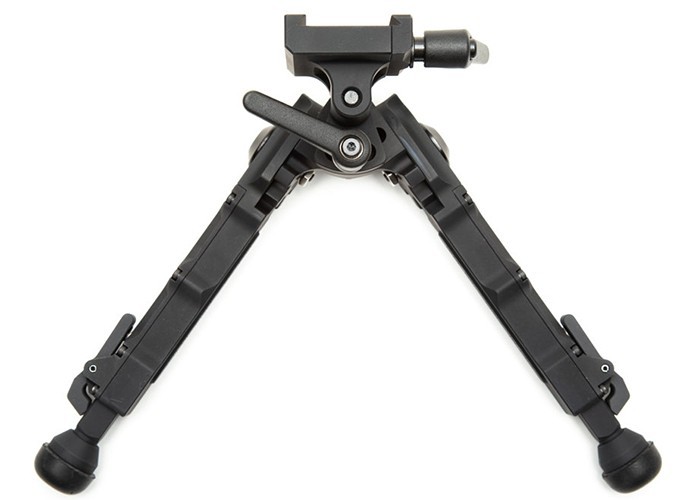
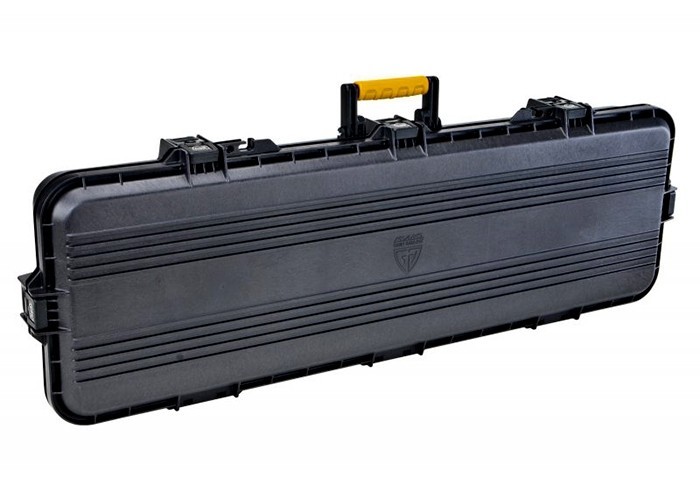
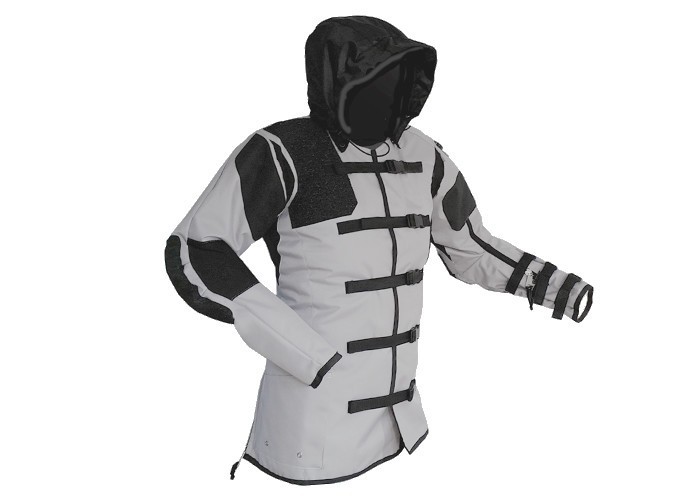
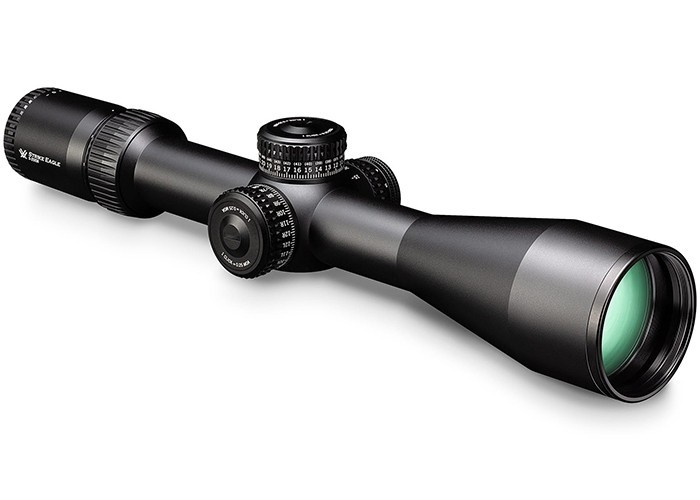
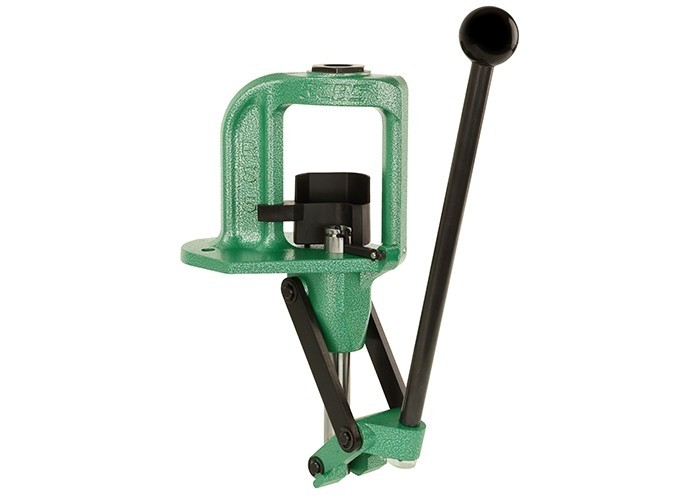
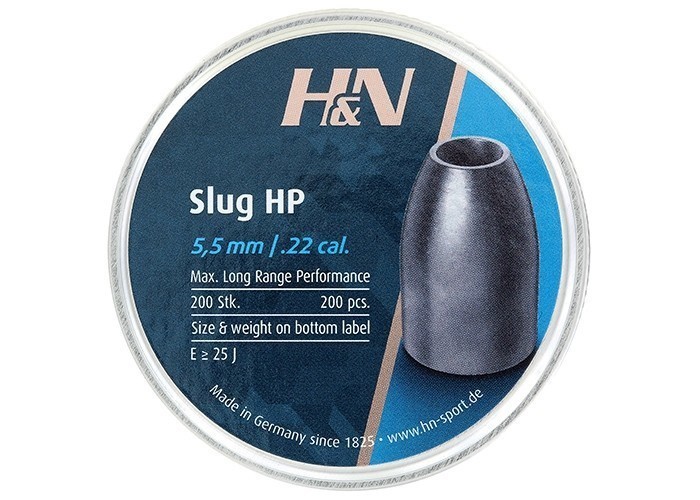
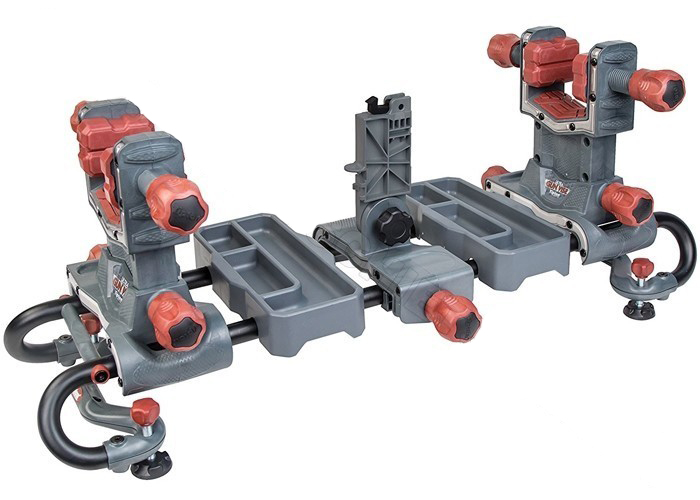
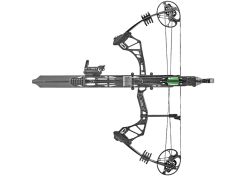
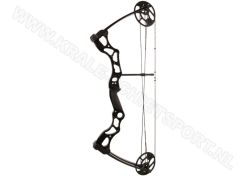
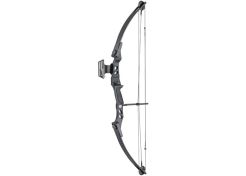
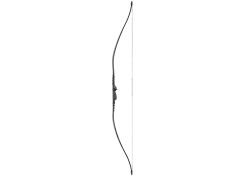
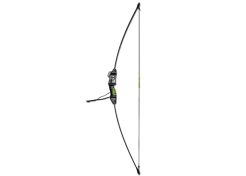
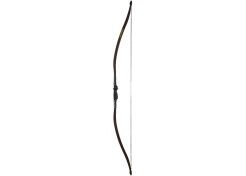
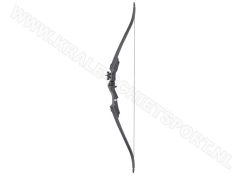
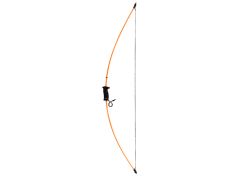
 Fast & secure delivery
Fast & secure delivery Secure shopping & payment
Secure shopping & payment Lots of expertise
Lots of expertise